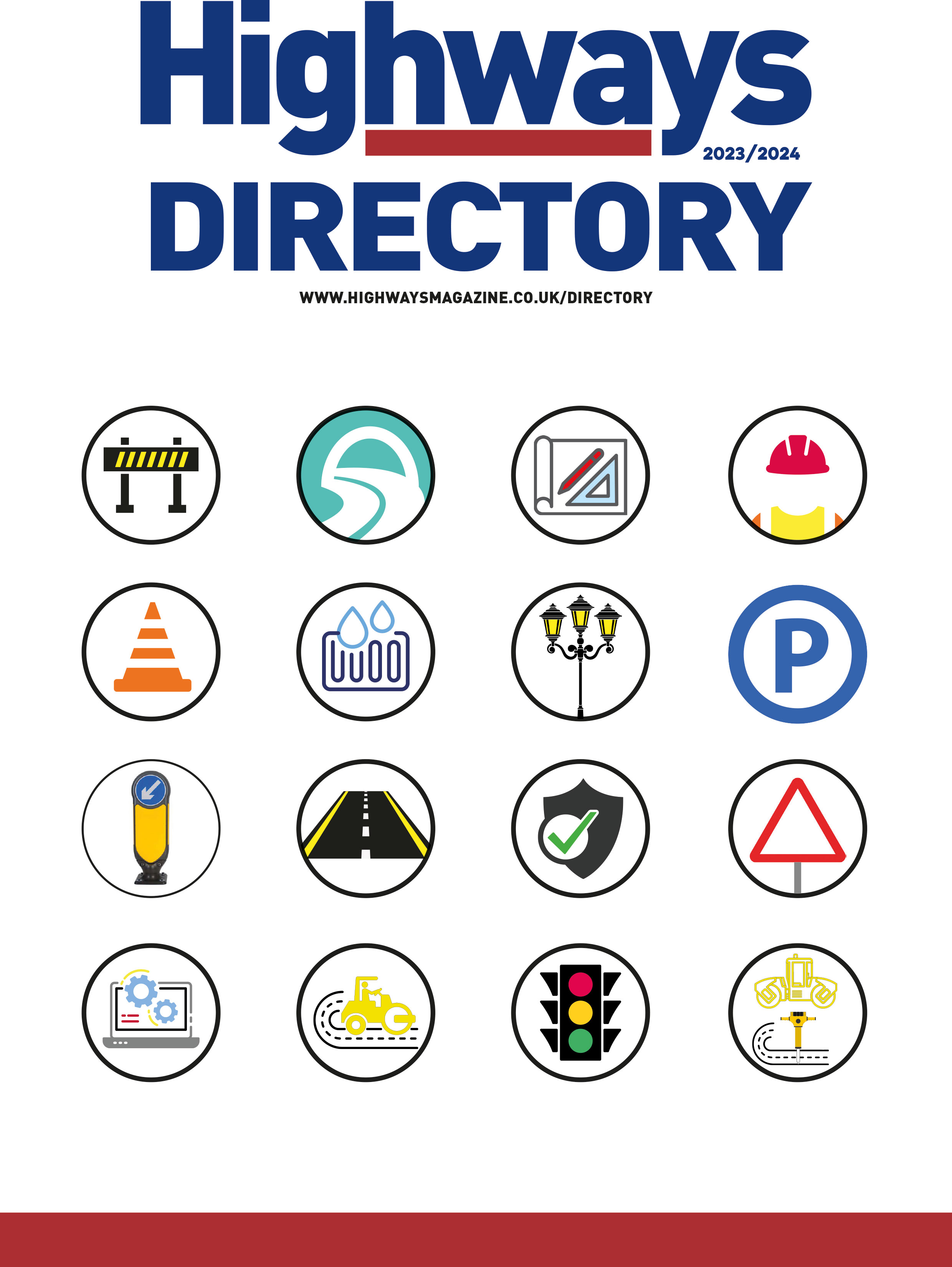One in four stopped vehicle detection (SVD) installations on smart motorways still failed to meet National Highways’ core performance requirements when re-tested last year.
This is despite National Highways’ official monitor, the Office of Rail and Road (ORR) reporting in December that ‘the latest data show that performance targets…are now being met’.
Against an 80% detection rate target, one scheme fell to a 66% over a 24-hour period, with four others between 70% and 78%.
In addition, when the additional requirement that vehicles should be detected within 20 seconds of stopping was applied, fewer than half of the schemes achieved the necessary success rate, with the worst achieving just 47%.
SVD technology uses radar to detect vehicles stopped on all lane running (ALR) smart motorways so that alerts can be set. Official statistics show that stationary vehicles on ALR schemes are at significantly higher risk than those on motorways with a hard shoulder.
As Highways reported at the time, the results that National Highways reported to the ORR last year were only achieved after it changed its methodology to the point where 85% of stopped vehicle events were excluded from its calculations.

This included events in the testing area where National Highways unilaterally determined that the vehicle was out of range of its radar system.
Although the ORR reported that National Highways was meeting its target of detecting 80% of stopped vehicles in four of five regions and nationally (89%), this concealed significant variations between the 21 schemes tested.
Highways has now obtained the scheme level data given to the ORR by National Highways. This shows that five schemes had detection rates of below 80% when their performance was examined by a ‘ground truthing’ approach whereby detections are compared against events seen on CCTV over a 24-hour period.
Four of these five schemes had detection rates ranging from 70% to 78% while one was just 67%. This was between junctions 39 and 42 and of the M1 in Yorkshire, where only 10 of the 15 events that were used for the calculation were detected.
AA president Edmund King said: 'The findings of this investigation by Highways are incredibly worrying and re-iterate our concerns that you can’t rely solely on technology to mitigate the inherent design faults of "smart" motorways.
'This is one of the reasons why the AA has put the scrapping of "smart" motorways as a major part of our motoring manifesto.'
The ORR told Highways that the data on detection rates was collected as part of the ground-truthing process over a 24h period, adding that it considered that small sample sizes mean that caution is required when drawing conclusions for individual schemes.
A spokesperson said: ‘This is why we have aggregated to regional and national level when reporting performance. In addition to the small sample sizes, there may be specific circumstances that have affected performance over the 24hr testing period.’
In fact, the testing did generate potentially much greater sample sizes but National Highways made its calculation based on only 15 % of events - due to the change in methodology.
The ORR also reported in December that National Highways had met its requirement for stopped vehicles to be detected within 20 seconds. As it pointed out, ‘the time to detect shall not exceed 20 seconds’, suggesting a detection after this time is effectively a failure.
On this basis, 11 of the 21 schemes tested last year detected less than 80% of stopped vehicle events within 20 seconds, with the scheme between junctions 16 and 19 of the M6 detecting just eight of 17 qualifying stopped vehicle events (47%) within the required time.
The ORR report stated that it had required National Highways to report on the ‘proportion of stopped vehicles that were correctly detected within 20 seconds’, which it said it considered ‘a better measurement of the technical requirement for SVD that the time to detect shall not exceed 20 seconds’.
It concluded: ‘This showed that 92% of stopped vehicles were detected within 20 seconds.’
This is not correct. This is not the percentage of total stopped vehicles that were detected within 20 seconds, but only the percentage of vehicles that the system managed to detect that were detected in under 20 seconds.
Many genuine stopped vehicle events were not detected at all, and the ORR did not include these in its calculation.
The ORR confirmed that this is a correct interpretation of its statement.
The ORR obtained the figure by dividing the number of vehicles detected within the timeframe by the number of vehicles detected. This therefore excluded from the calculation events that were missed altogether.
It told Highways that it did exclude missed detections on the basis that 'a detection time of 20 seconds or less can’t be achieved for stopped vehicles that are not detected'.
Highways has approached National Highways for comment.



